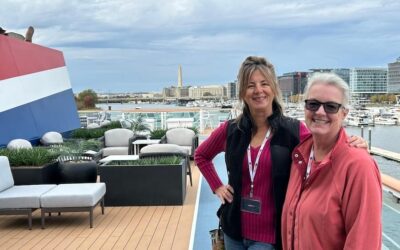Quark Expeditions
Quark Expeditions has been in business since 1991 offering lots of creative itineraries in the Polar Regions (Arctic, North Pole, & Antarctica) using a fleet of chartered ships including a pair of Russia’s finest icebreakers. The firm was the first with paying passengers to sail the complete Northeast Passage across the top of the Russian Arctic, and to make circumnavigations of the Arctic Ocean and Antarctic continent.
With the varied fleet, there is a wide price range to choose from based on from moderately-priced cabins that four can share on up to two-room suites for those who want maximum comforts when not ashore . The expedition teams come from a wide range of backgrounds, some with considerable longevity with Quark. Short biographies on Quark’s website introduce their experience and skills.
Passenger Profile
As long-established Quark is well known around the world, passengers come from North America, Australia, Britain and other parts of Europe.
Ships, Year Delivered & Passengers
The Fleet: With such a large number of ships involved, the individual vessel amenities vary considerably, and here we sketch the most important details. In addition to the ships listed below, the firm has ordered a new expedition ship taking up to 200 passengers. Special features will be four embarkation points for faster and smoother access to the 20 Zodiacs and two helidecks. Delivery is scheduled for 2020. In the meantime, Quark will charter the 2019-built World Explorer for its 2019-2020 Antarctic season.
The Icebreakers
50 YEARS OF VICTORY: The world’s most powerful icebreaker, and nuclear-powered, was designed as a Russian scientific vessel in 2007 and more recently chartered for passenger expeditions. It is dedicated to summertime trips embarking in Murmansk, a major Russian naval port, and heads to 90 degrees north, equating to the North Pole.
The 6-deck ship takes up to 128 passengers in all outside cabins with private facilities designed for a staff and crew that spent months aboard, so desks and good storage are part of their functional design. There are two lounges with bars, one forward-facing, and a library with polar region references. The dining room seats all at one seating and all bar beverages are included. The food is continental, Eastern European and Russian.
Amenities include a small salt-water pool, basketball and volleyball court, gym and sauna. Elevators connect four of the five passenger decks (not lowest with pool & sauna). A sightseeing helicopter, stabled in a hanger, takes off and lands from the aft open deck. A hot air balloon may follow, weather permitting.
** KAPITAN KHLEBNIKOV (not currently chartered): This Russian icebreaker has enjoyed longevity in the expedition world and specifically with Quark. Built in 1981 and converted for passenger use in 1992, the KHLEBNIKOV has made more Northwest Passage voyages than any other ship afloat, and from time to time, she reverts to her icebreaking duties. Expeditions include transits of both the Northeast and Northwest Passages and explorations of remote northeast Greenland. 51 outside cabins and suites are spread over four of the eight decks, and all passenger levels thankfully enjoy elevator access.
The amenities include windows, desks and large closets as the ship was designed for long-term living. Four corner suites have windows facing forward and to the side, and three more cabins are forward-facing, all qualifying as true two-room accommodations with the lounge fitted with TV and DVD. The forward-facing lounge, bar, and library are semi-partitioned into three spaces, the auditorium screens films and hosts the lecture program carried out by the expedition staff. The dining room is divided into two sections with forward and side-facing windows. It’s open seating and the food is continental and Eastern European. On the lowest deck, a suite of rooms provides for a gym, sauna and heated plunge pool.
Expedition Ships
OCEAN NOVA: Built in Denmark in 1992 as a passenger vessel connecting Greenland’s coastal settlements, the ice-class (1B) OCEAN NOVA was subsequently lengthened and in 2006 converted to an expedition ship for passengers. Taking up to 78, she continues to operate in her familiar home territory as well as making circumnavigations of Spitsbergen. 38 outside cabins with windows are spread over just two decks, and all have windows, TV and DVD.
While the majority are twins, additional configurations also include six with upper and lower berths, three triples and two quads. The main lounge and separate library are located aft while the auditorium on the deck above is a new space where lectures are held and as well as serving as an observation lounge and bar with floor to ceiling port and starboard windows. The windowed midships dining room has enough seating for all and a large serving buffet for most meals. There is an exercise room but no elevator between decks. The ship carries a fleet of Zodiacs for inshore cruising, and offers hiking and snowshoeing, and kayaking (for a fee).
OCEAN ADVENTURER (formerly SEA ADVENTURER): Built in 1972 in Yugoslavia as a passenger ship for the Russians, the OCEAN ADVENTURER was renamed and upgraded to its latest standards in 2017 and has a 1A ice classification. In the summer, she cruises Greenland and Inuit Canada, Spitsbergen and nearby Franz Josef Land archipelago, occasionally including the North of Norway. Voyages include Zodiac cruising, hiking and snowshoeing, and for a fee, kayaking and overnight camping ashore.
In winter, the OCEAN ADVENTURER cruises Antarctica, including below the circle, the Falklands and South Georgia. Most trips offer kayaking and some camping, both optional extras. 128 passengers occupy moderate-size outside windowed or portholed cabins with private facilities, plus in the latest refit, six new twins and three suites. Most are twins, and six are triples. Eight cabins on Upper Deck face an enclosed side promenade, and with the deck’s lights kept on at night, shades need to be drawn. All cabins have TV and DVD player.
There is NO elevator between the six decks. For a small ship three lounges are unusual. The main forward lounge with moderately good views is used for presentations, and on the same deck port side, the Clipper Club is a second quiet place to read and relax. The most attractive library with comfy seating is on the deck above. The dining room is all the way aft with the best tables for viewing at the stern. The food caters to the widely diverse nationalities. A small exercise room is located down on Main Deck.
OCEAN DIAMOND: Built in 1974 as a freighter, she was rebuilt into a very popular cruise ship in the mid-1980s and now carries 189 passengers on a winter Antarctica program, that on the longer trips, include the Falkands and South Georgia. The ship offers kayaking on all itineraries and camping on many as an optional extra. All cabins are outside, most of a good moderate size with either windows or portholes and TV and DVD. Singles have one double bed, twins either two beds or one double, and a few are fitted with an upper berth.
Public rooms tend to be aft with the exception of the forward observation lounge. The Upper Deck lounge is used for presentations and an aft facing bar is below. The main restaurant is on the lowest passenger deck and a special intimate dinner restaurant is just above. The food is of a high standard. An elevator serves all passenger decks. Additional amenities are a gym, massage and wellness program. The ship offers complimentary Zodiac cruises, snowshoeing and hiking, and for a fee, kayaking, cross-country skiing and mountaineering.
OCEAN ENDEAVOUR: Completed in 1982 as one of a series of eight cruise-ferry -style ships for the Russians, she passed through a series of short-term owners before settling down as a 198-passenger expedition ship, here for Antarctic cruises and extensions to the Falklands and South Georgia. On most of these trips, the ship offers Zodiac cruises, hiking and snowshoeing as free options, and kayaking, cross-country skiing and mountaineering as paid options.
The cabins fall into 13 categories, most outside with windows or portholes and all with private facilities, radio and TV. Most rooms are twin-bedded, a few are sold as triples, and a block of inside cabins are used for single travelers. The top category faces forward over the bow. Lounges include the Meridian at the top of the ship, the aft-facing Aurora looking out to the pool, the intimate Compass Club, the Nautilus Lounge for presentations, and a small library. The large Polaris Restaurant is bracketed by large port and starboard windows with the food being mostly continental and Eastern European. Wine is complimentary with dinner.
Additional amenities are separate men’s and women’s saunas, and spa and gym. Elevators connect the three most important of the six passenger decks.
ISLAND SKY: Completed in 1989 as Renaissance VIII, this unit was the last of eight nearly identical boutique ships for now defunct Renaissance Cruises. She is used for the shorter Antarctica Peninsula cruises based in Ushuaia, and for those who would like to fly to and from Antarctica to join and leave the ship there without making the Drake Passage sea crossing. Five decks have roomy cabin accommodations for 106, four on the highest deck having balconies, with eight more on the deck below. All have flatscreen TVs, DVD players, and private showers (no tub baths).
The middle deck has a narrow wraparound promenade, and an elevator connects all decks. The Club, one of two lounges has a connecting library, and on the deck below, the main lounge is used for presentations. The restaurant is located aft on the lowest deck with informal dining on the Lido Deck aft when the weather is suitable. High up on the Explorer Deck is the best location for forward viewing, and aft is a hair salon. The ship carries Zodiacs for local calm water excursions and for landing on the peninsula.
WORLD EXPLORER: A newly ship in 2019, she carries up to 172 passengers (limited to 140 for the Antarctic season). The cabin accommodation is all outside with either walk-out balconies or Juliet step-out platforms. This ship will handle some of the fly-cruise departures along with OCEAN ADVENTURER.
Note: ULTRAMARINE — A highly sophisticated new expedition ship is under construction in Croatia to begin cruising Antarctica for the 2020-2021 season. This will be the company’s first owned new-build. Passenger capacity will be 200 (6 are singles), two helicopters carried, with trips included in the fare, and a stern marina for launching the Zodiacs. In the Arctic, they will be used for sightseeing and accessing hiking and skiing locations. Other activities include Greenland camping, mountain biking and alpine kayaking.
Price
$$ to $$$ Expensive to Super Pricey
Itineraries
- Antarctica Peninsula may be the sole destination on shorter expeditions (11 to 14 days), while long voyages may include the Falkland Islands, South Orkneys and South Georgia (20-23 days). On some Antarctic Peninsula cruises, passengers have the option of flying across the potentially-rough Drake Passage from Ushuaia, Argentina, and depending on the sailing, one or both ways (8-11 days). Those with more time, extend your stay add-ons to Buenos Aires, Argentina; Santiago, Chile; Iguazu Falls, Argentina/Brazil or Easter Island, Pacific Ocean.
- In the Arctic, Quark offers many departures that last from 9 to 14 that may include Norway above the Arctic Circle, Spitsbergen/Svalbard and Franz Josef Land, an archipelago, Greenland (all coasts), Arctic Inuit Canada, and the North Pole. For add-ons, consider Reykjavik, Iceland; Oslo or Helsinki.
Why Go?
Antarctica and the South Atlantic islands are playgrounds for animals and birds galore, visiting isolated settlements and research stations, seeing amazing ice formations and enjoying some of the world’s clearest air.
The Arctic offers bird and animal life on land and in the sea, ice, glaciers and fjords, remote settlements, Viking ruins, and a possible voyage to the North Pole.
When to Go?
All expeditions are scheduled according to the regional climatic conditions, so the Arctic voyages take place from May through September while the Antarctic expeditions operate between between November and February.
Activities & Entertainment
Lectures and recaps presented by the expedition team are a daily part of life aboard, to prepare you for and answer questions about going ashore. The choice of activities in Antarctica has broadened considerably in the last few years, and while most options off the ship are included in the overall rates: Zodiac trips, snowshoeing and photography — some will cost extra such as camping, canoeing, kayaking, paddleboarding, cross-country-skiing and mountaineering. Arctic voyages, depending on the specific itinerary, may feature Zodiac cruising, kayaking, hiking, and snowshoeing on some trips and extra cost hot air ballooning on treks to the North Pole.
Along the Same Lines
Look at other lines that concentrate on expedition-style cruising.
Contact
Quark Expeditions, 3131 Elliott Avenue, Suite 250, Seattle, WA 98121; Quark Expeditions.com, USA 888-979-2061, UK 0.808.120.2333, Australia 800.812.855
— TWS
© This article is protected by copyright, no part may be reproduced by any process without written permission from the author. All Rights Reserved. QuirkyCruise.com.

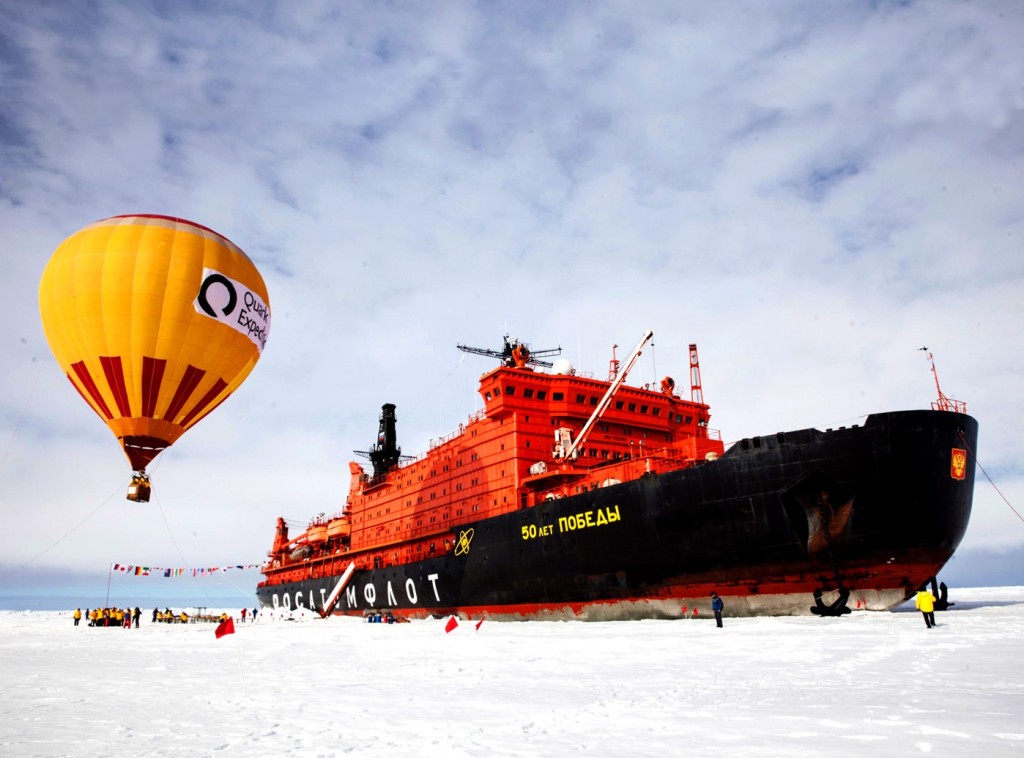
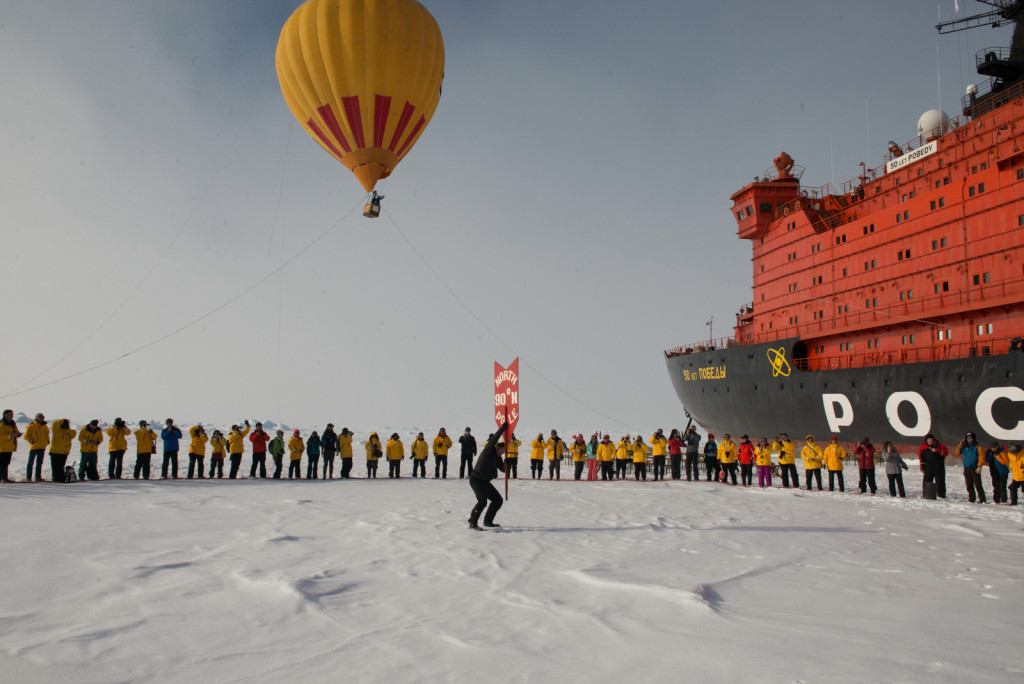


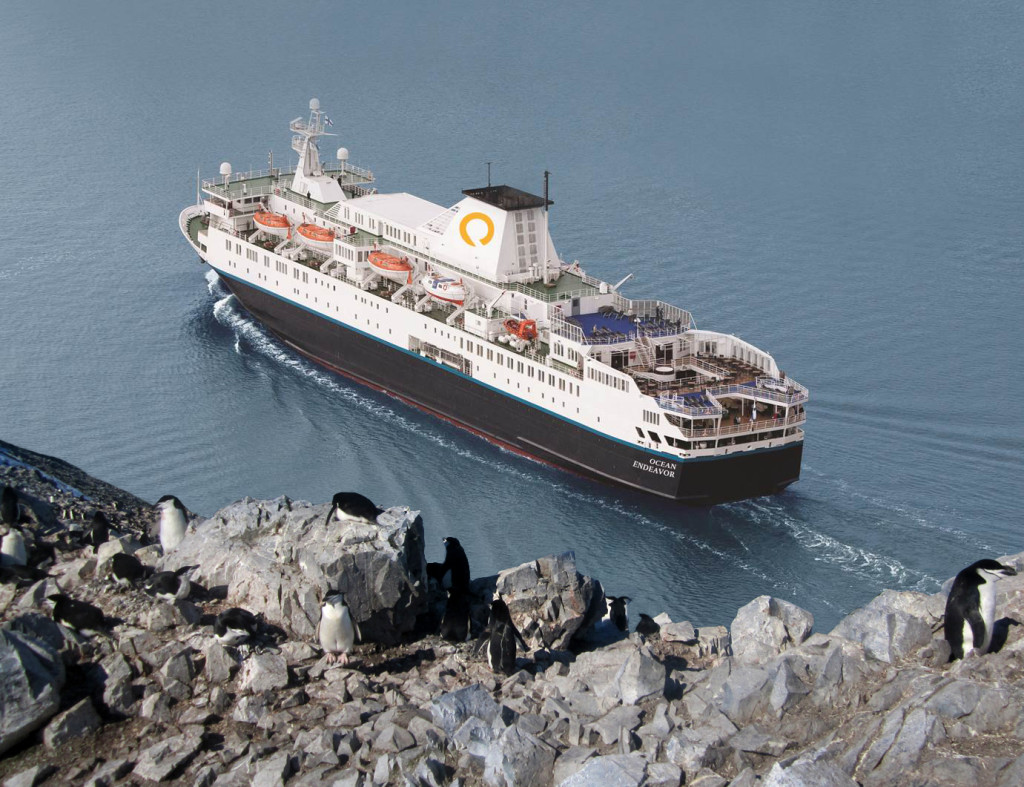
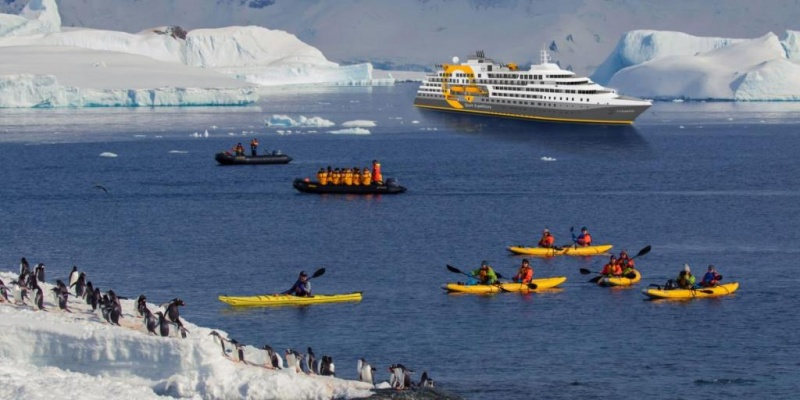
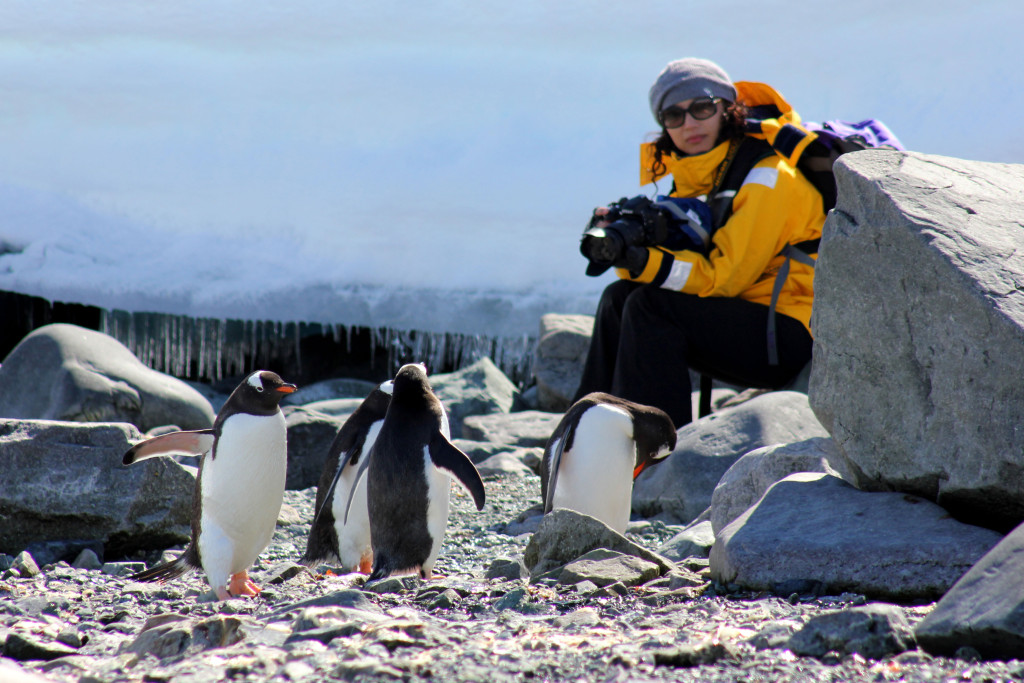
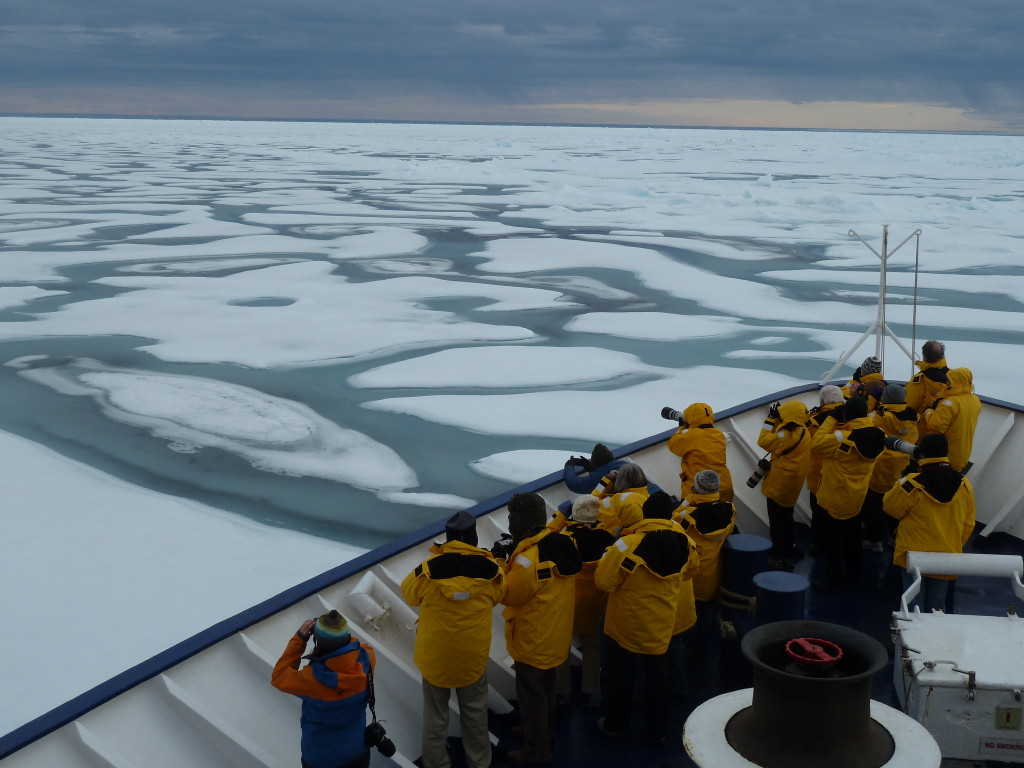
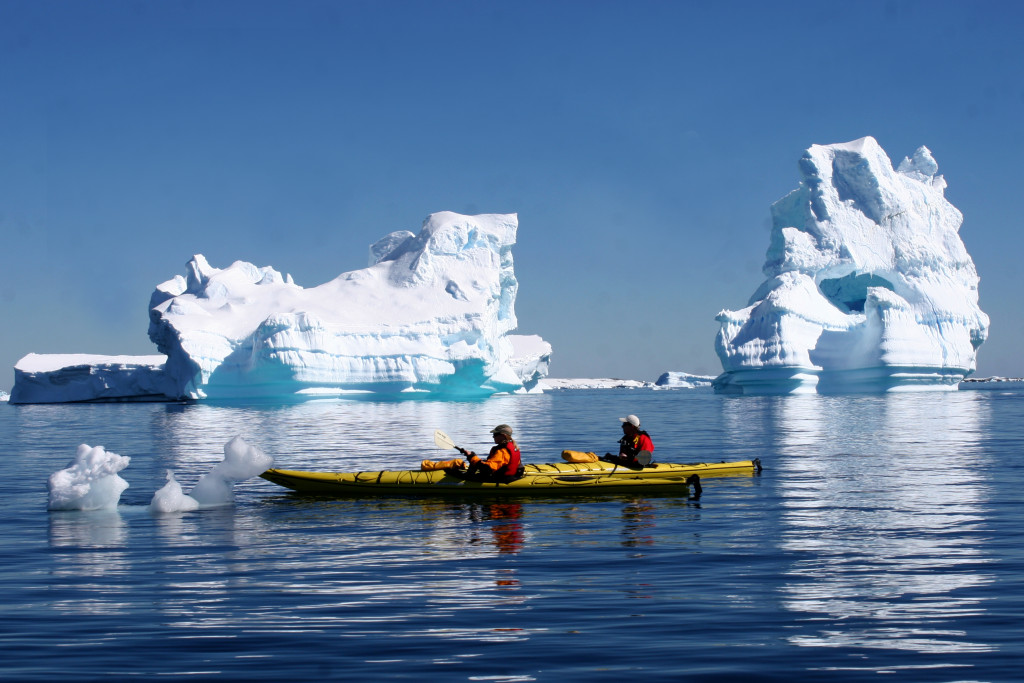
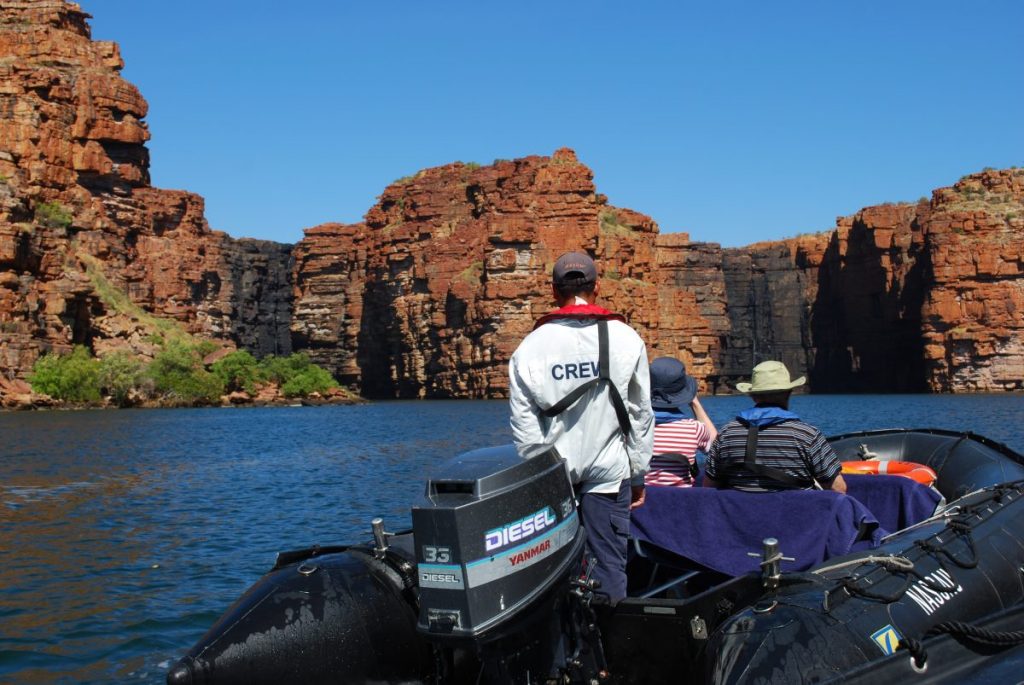
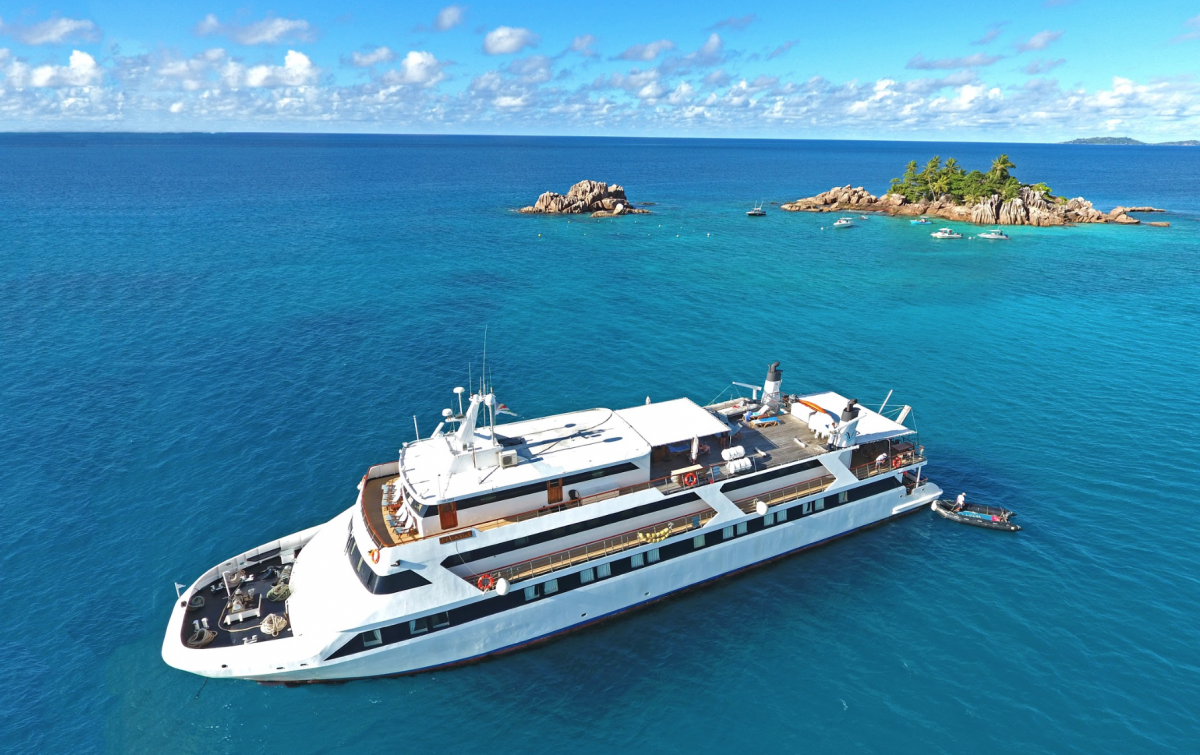

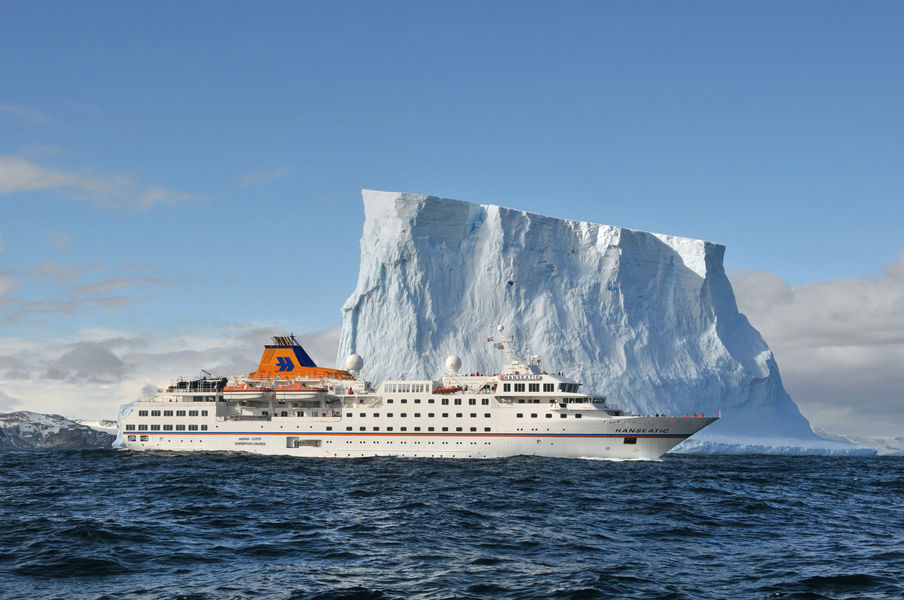








 HEIDI SARNA
HEIDI SARNA










